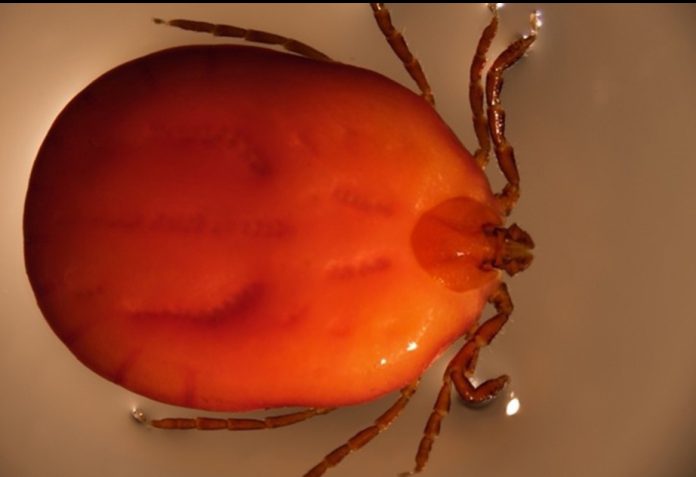Clay County, IL – An invasive species of tick that threatens both livestock and wildlife has been detected in Clay County, marking the third Illinois county where it has been confirmed since first appearing in 2024.
According to the University of Illinois Extension, the Asian longhorned tick (Haemaphysalis longicornis) was identified in Clay County cattle during inspections by the Illinois Natural History Survey Medical Entomology Lab. The detection is part of a statewide effort that enlists farmers and residents to help track the spread of the pest.
Experts warn that the Asian longhorned tick reproduces rapidly, often without mating, allowing infestations to grow quickly. On livestock, these ticks can cluster in large numbers, causing blood loss, reduced growth, and in severe cases, death. The tick is also capable of transmitting Theileria orientalis, a parasite that can cause anemia and weakness in cattle.
“This detection shows the pest is moving across the state,” said Teresa Steckler, a commercial agriculture specialist with the University of Illinois Extension. “It’s important for everyone to protect themselves and their animals by checking for ticks after time outdoors.”
Officials recommend that farmers monitor livestock closely, use chemical tick treatments when needed, and manage pastures to help reduce tick populations. Residents are also advised to remove ticks from pets and people promptly using tweezers.
With confirmed infestations now spanning multiple Illinois counties, agricultural experts stress the importance of early reporting to help contain the invasive species.





